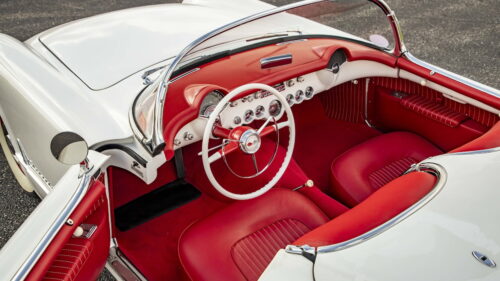
C1 (1953–1962) • 1953-55: Minimalist interior with basic gauges and chrome accents. Lacked creature comforts like roll-up windows. • 1956-62: More refined with dual cowl design, added gauges, and better upholstery. Optional seat belts and AM radios.
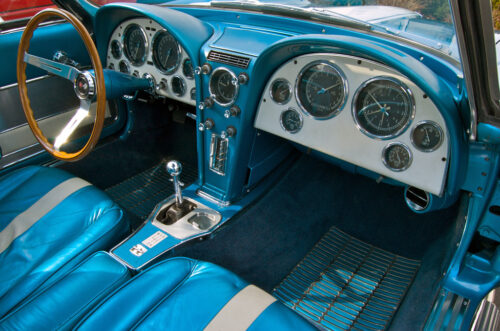
C2 (1963–1967) • Introduced the “Sting Ray” design with a driver-focused cockpit. • Split-window coupe’s interior featured aircraft-inspired gauges and toggle switches. • Materials were premium for the era, with leather and carpet options.
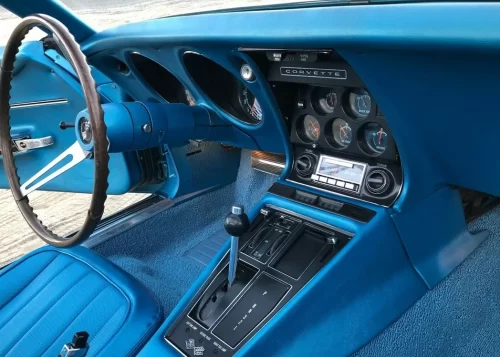
C3 (1968–1982) • Wraparound cockpit theme. Early models had chrome accents and mechanical gauges. • By the mid-70s, safety regulations led to soft, padded dashboards and integrated controls. • Features like tilt/telescoping steering wheels and improved air conditioning debuted.

C4 (1984–1996) • High-tech for its time, with a fully digital instrument cluster in the early years. • Simplified by the 1990s, with analog gauges making a comeback. • Driver-focused design with more ergonomic controls and adjustable seats.
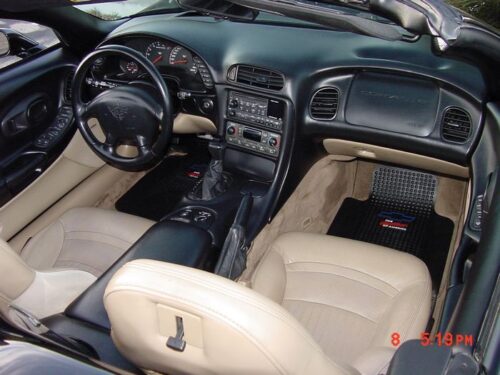
C5 (1997–2004) • Sleek and functional interior with better materials. • Dual-zone climate control, HUD, and improved sound insulation were highlights. • First Corvette with a trunk in the convertible since the C1.
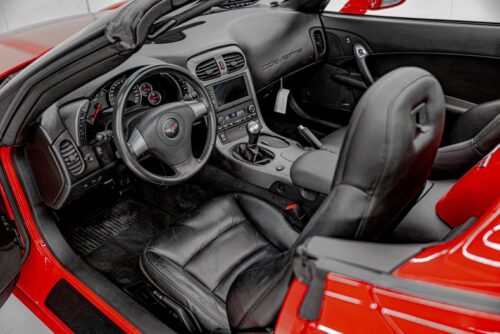
C6 (2005–2013) • Evolution of C5 with more luxury options, such as navigation systems and better leather. • Redesigned seats and upgraded sound systems. • Emphasis on improving fit and finish compared to earlier models.
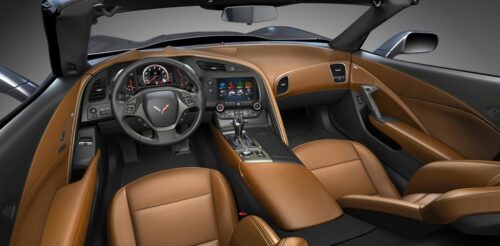
C7 (2014–2019) • Focused on luxury and performance with premium materials like aluminum, carbon fiber, and leather. • High-resolution infotainment and customizable digital gauge clusters. • Driver-centric design with improved seating support for track and touring.
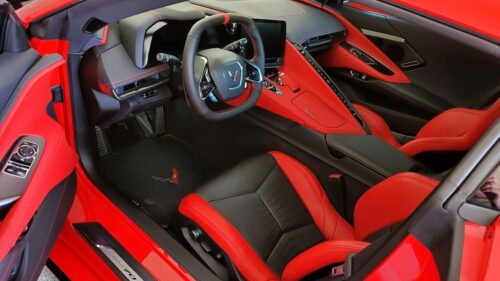
C8 (2020–2025) • Revolutionary mid-engine design changed interior layout. • Driver-focused “cockpit” design with a prominent center console. • Advanced tech: 12-inch customizable display, wireless connectivity, and modern materials. • Luxurious options, including Alcantara, carbon fiber, and Nappa leather.



















